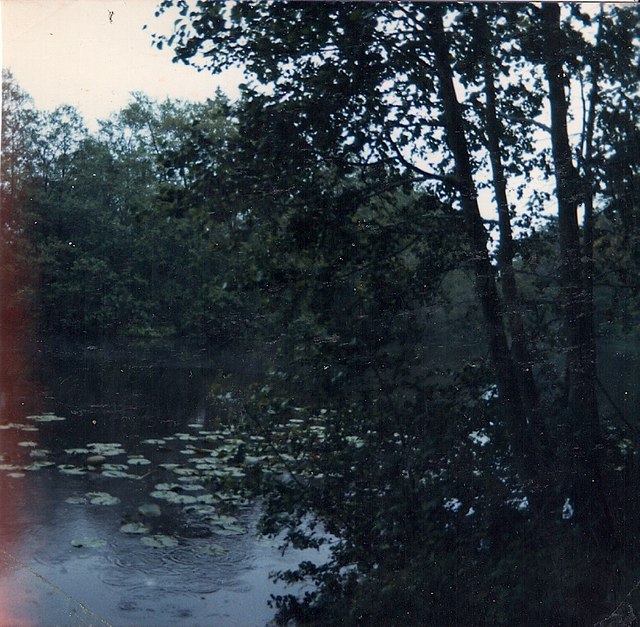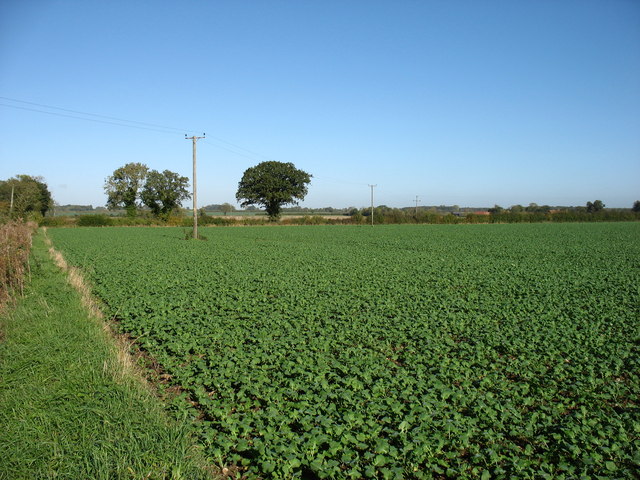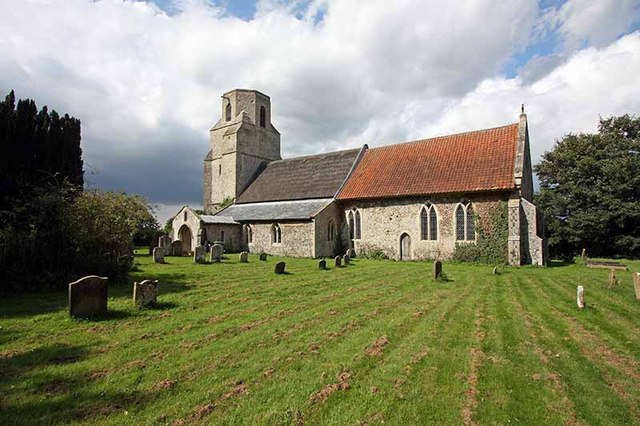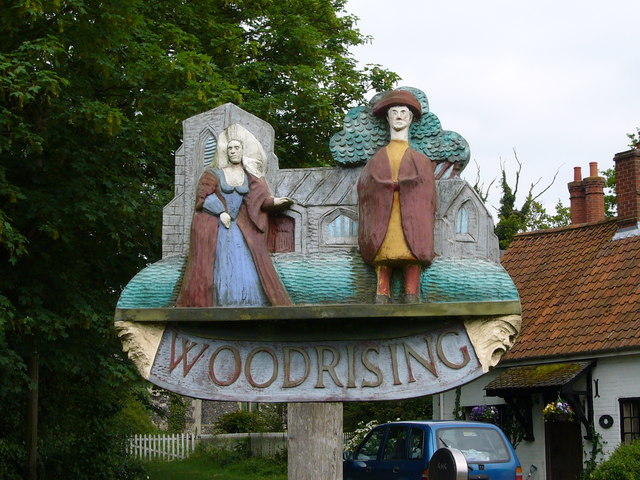Wayland Plantation
Wood, Forest in Norfolk Breckland
England
Wayland Plantation

Wayland Plantation, located in Norfolk, is a picturesque wood and forest area known for its natural beauty and rich history. Spanning over a vast expanse of land, the plantation is a haven for nature lovers and history enthusiasts alike.
The woodlands of Wayland Plantation are home to a diverse range of flora and fauna, providing a serene and tranquil environment for visitors. Towering trees, including oak, maple, and pine, dominate the landscape, creating a lush canopy that offers shade and shelter to numerous wildlife species. The forest floor is adorned with vibrant wildflowers and ferns, adding to the enchanting atmosphere.
Aside from its natural allure, Wayland Plantation holds significant historical value. The plantation dates back to the colonial era and has witnessed the ebb and flow of American history. It served as a thriving center of agriculture, with crops like tobacco and cotton being cultivated on its fertile soil. The remnants of old plantation buildings, such as the manor house and barns, stand as testaments to the past, providing a glimpse into a bygone era.
Visitors to Wayland Plantation can explore its extensive network of walking trails, allowing them to immerse themselves in the beauty of nature while learning about the area's historical significance. The trails wind through the forest, offering opportunities for birdwatching, photography, and peaceful contemplation.
Overall, Wayland Plantation in Norfolk is a captivating destination that seamlessly weaves together natural splendor and historical charm. Whether one seeks solitude in the woods or seeks to uncover the stories of the past, this plantation offers a unique and enriching experience for all who visit.
If you have any feedback on the listing, please let us know in the comments section below.
Wayland Plantation Images
Images are sourced within 2km of 52.578771/0.92298673 or Grid Reference TF9801. Thanks to Geograph Open Source API. All images are credited.

Wayland Plantation is located at Grid Ref: TF9801 (Lat: 52.578771, Lng: 0.92298673)
Administrative County: Norfolk
District: Breckland
Police Authority: Norfolk
What 3 Words
///twins.unwell.defenders. Near Hingham, Norfolk
Nearby Locations
Related Wikis
Scoulton Mere
Scoulton Mere is a 34.2-hectare (85-acre) biological Site of Special Scientific Interest west of Wymondham in Norfolk.The principal ecological interest...
Scoulton
Scoulton is a small village and civil parish in the county of Norfolk, England, situated 16 miles (26 km) west of the city of Norwich and 21 miles (34...
Woodrising, Norfolk
Woodrising is a village and former civil parish, now in the parish of Cranworth, in the Breckland district, in the county of Norfolk, England. The village...
Potter's Carr, Cranworth
Potter's Carr, Cranworth is a 6.3-hectare (16-acre) biological Site of Special Scientific Interest south of Dereham in Norfolk.This area of alder carr...
Nearby Amenities
Located within 500m of 52.578771,0.92298673Have you been to Wayland Plantation?
Leave your review of Wayland Plantation below (or comments, questions and feedback).



















